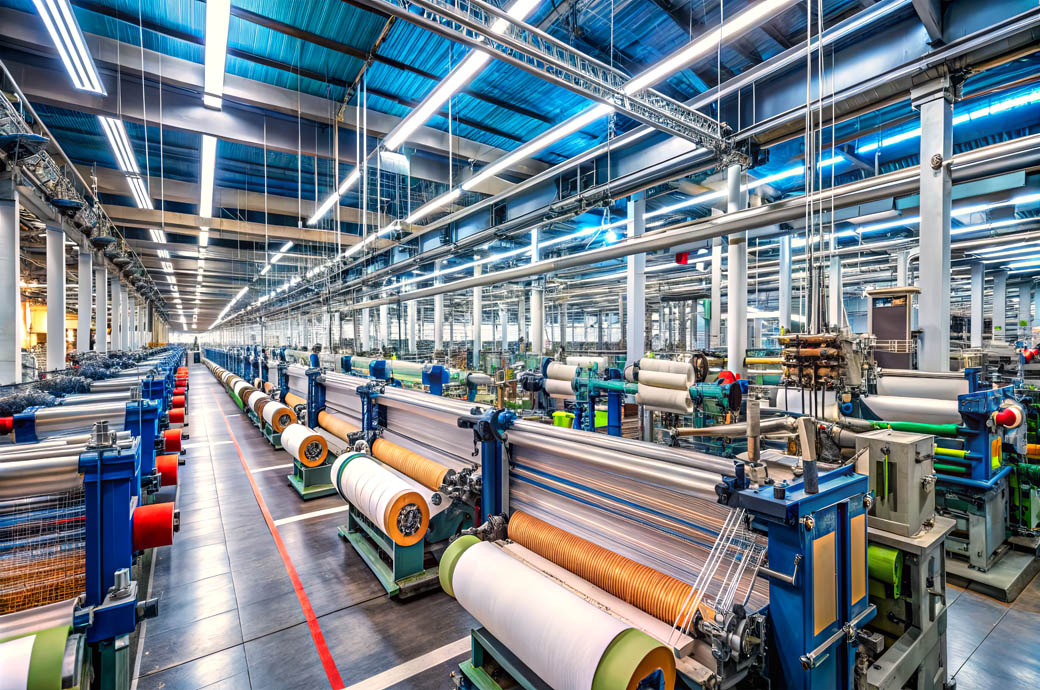

The deterioration points to a halting of the manufacturing recovery seen in the first half of the year, which had seen the sector's best performance for two years, S&P Global Market Intelligence, which compiled the data, said.
The PMI survey's sub-index of production, which tracks actual month-on-month factory output changes, signalled a marginal drop in production in August, representing the first decline since last December.
Although only slight, the decline marks a contrast to the robust gains seen during the second quarter, which had been among the strongest performances recorded over the past three years.
The data indicate that worldwide manufacturing output has broadly stalled so far in the third quarter having been growing worldwide at a relatively robust annual rate of approximately 2 per cent during the second quarter.
New orders for goods fell in August for a second month in a row, in turn a symptom of falling global trade flows. New export orders fell globally in August for a third successive month, dropping at the fastest rate since December, Chris Williamson, chief business economist at S&P Global Market Intelligence, wrote on its website.
The recent deterioration of demand in part reflects renewed destocking by manufacturers. The amount of inputs bought by factories worldwide fell in August for a second consecutive month, dropping at a rate not seen since last December.
The August survey also saw a rise in the number of companies reporting that their purchasing of inputs was being reduced in order to cut costs. The incidence of such cost-driven destocking was the highest recorded since April 2023.
The shift to destocking in part also reflects few concerns over supply availability. After a brief period of supply concerns when the year began, centred around attacks on ships in the Red Sea, supply chains have shown few delays in recent months, as signalled by the PMI's suppliers' delivery times index. Hence the incidence of safety-stock-related purchasing has fallen in recent months, Williamson wrote.
A factor underlying the weakness of demand and shift to inventory reduction was a sustained low level of business confidence. Year-ahead output expectations dipped slightly in August and remain well below their long-run average, with producers around the world concerned in particular about geopolitical uncertainty, rising protectionism and falling trade, as well as broader economic growth risks.
One area of supply chains that was a concern among respondents was the recent spike in shipping rates. Although well below the levels seen during the pandemic, higher shipping costs were seen as the main driving force of higher factory costs again in August.
However, labour cost pressures have fallen close to normal levels globally and raw material cost pressures and energy costs pressures are both below their long run averages.
Hence overall input cost inflation eased slightly in August, dipping further below the average seen in the decade preceding the pandemic, leading to only modest upward pressure on output (selling prices), Williamson added.
Fibre2Fashion News Desk (DS)